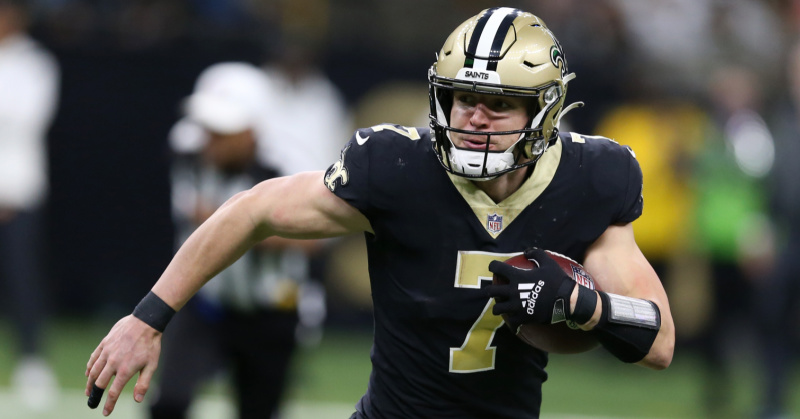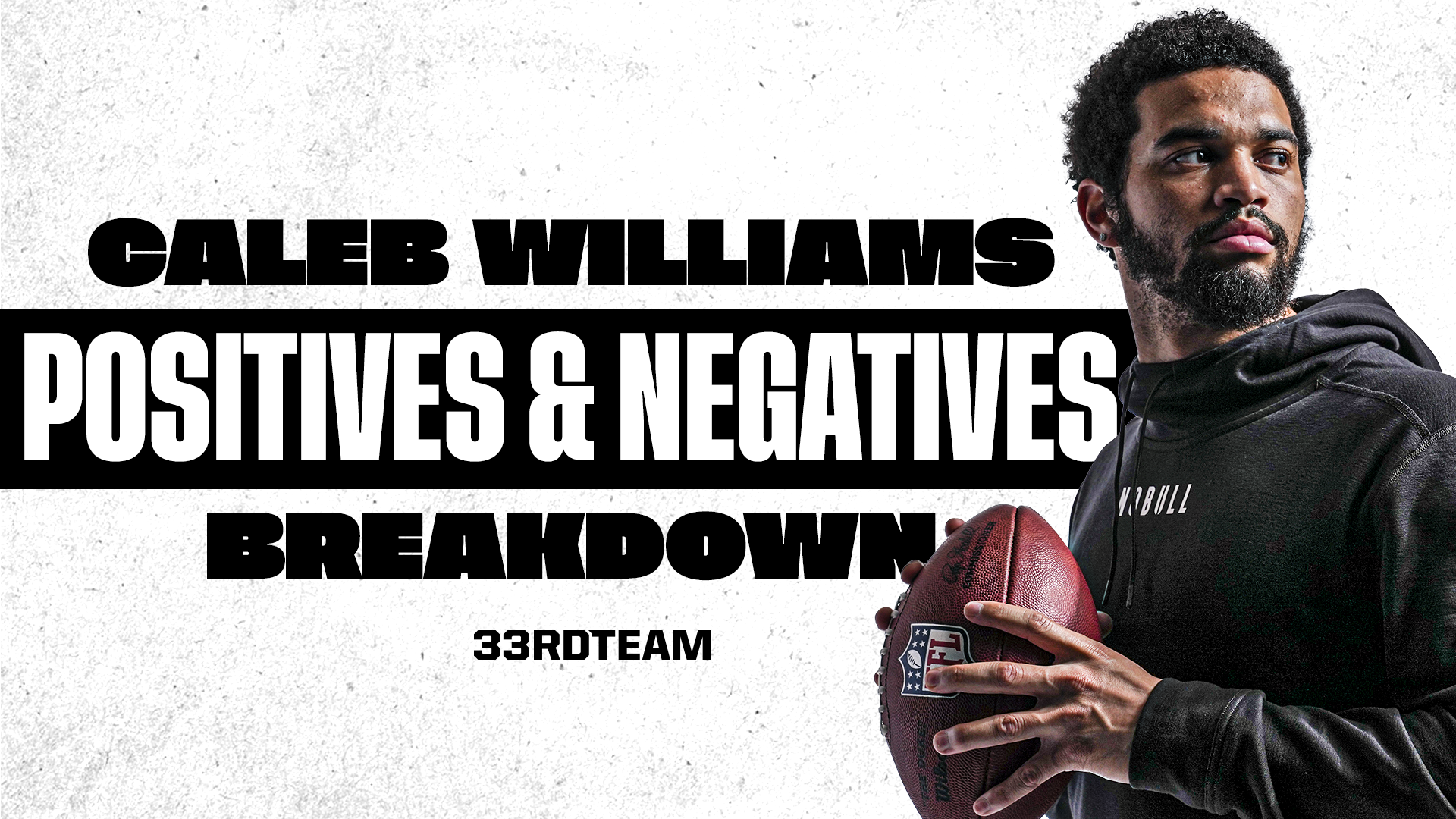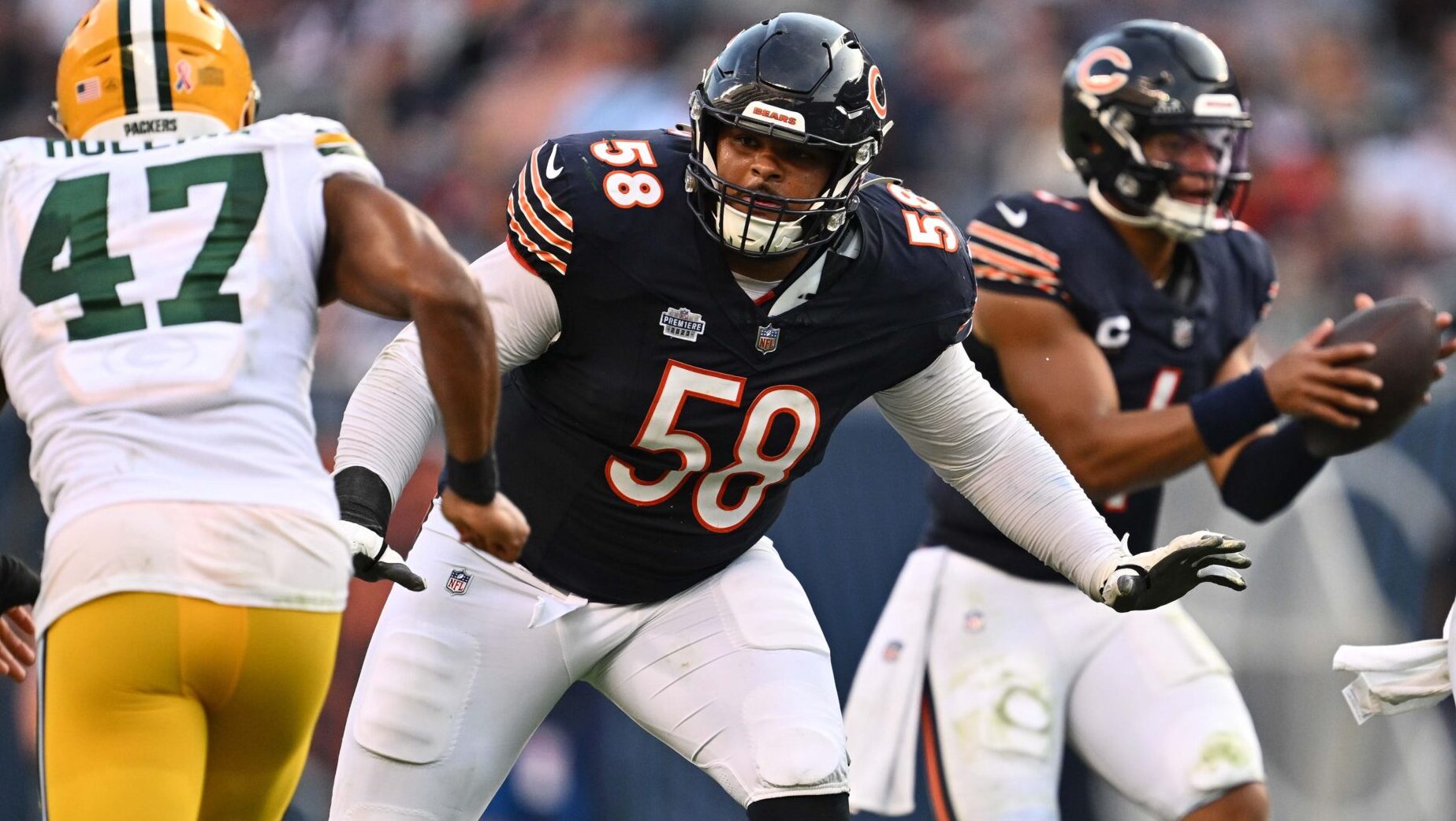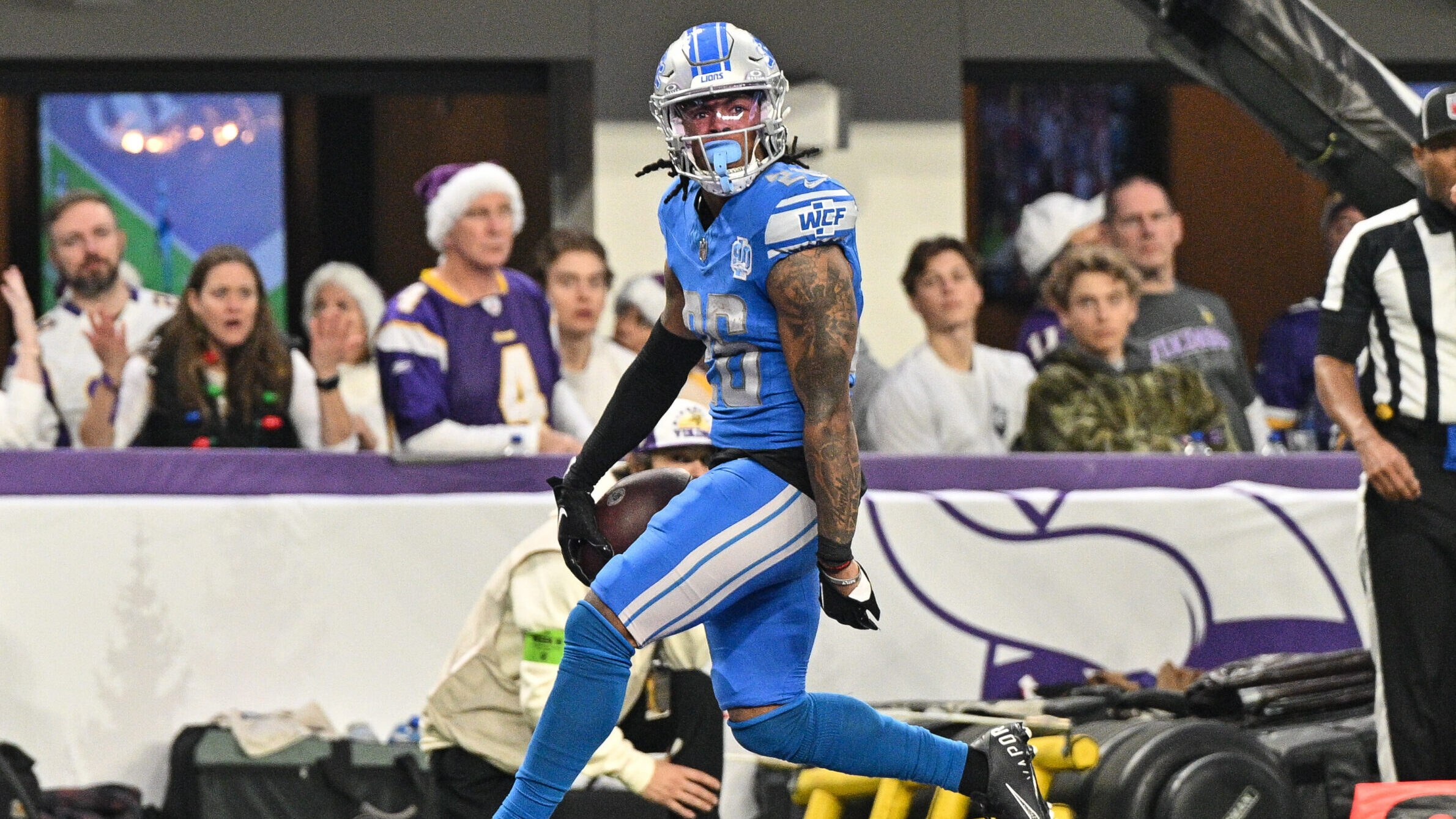Analysis
2/14/22
8 min read
What Are Void Years in an NFL Contract?

Over the past few seasons, the term void years has become very common when discussing NFL player contract structures. This contract mechanism became especially popular this past offseason due to the NFL salary cap decreasing from 2020 for the first time since 2011 when the new league CBA changed how the salary cap was calculated. Let’s explore what “void years” truly are as well as their benefits and downfalls.
The word “void” is a legal term defined as “having no legal force or binding effect.” Comparatively, if an agreement is “voidable” then an agreement becomes void if a certain condition is met. Here, we are dealing with “void” years – years that are agreed upon from the outset that have no legal effect.
Before diving into “void years”, let’s take a step back and understand how signing bonuses are treated when it comes to the salary cap. Unless you are familiar with the NFL CBA or player contracts, you may not understand that there is a drastic difference between cap and cash. When a player signs a contract that contains a signing bonus, they are paid that signing bonus upfront in “cash.” Sometimes this occurs immediately upon signing, but other times the team has a few weeks or months to actually make the payment. Regardless, the player is receiving 100% of the signing bonus in Year 1 of the deal.
However, the team will not account for 100% of the signing bonus on their cap in the first year that the contract is signed. Rather, the team spreads the salary cap charge for the signing bonus over the length of the contract up to the first 5 years. The CBA dictates that a team may only spread the signing bonus over the first five years, even if the deal is for more than 5 years. This is often referred to as “prorated money.” The same proration occurs with an option bonus.
Now that you understand the basics of salary cap accounting, we can dive into void years. Imagine a contract that is only 2 years in length and includes a signing bonus of $10 million. In this structure, the $10 million would be divided evenly by the amount of years on the contract, and the salary cap charges for the signing bonus in each year of the deal would therefore come out to $5 million. Simple enough. However, there is a way to cut those charges for the first two years in half. Enter “void years.”
Using the same $10 million signing bonus, a team can instead sign a player to a 4-year deal and reduce the cap charges from $5 million to $2.5 million per year. This would normally require the player to agree to two extra years of team control. However, by making the final two years on the deal void, the team still gets the benefit of the reduced cap hits in years 1 and 2 and the player becomes a free agent after just 2 years. In order to make the years void, the team literally writes language into the contract that states the contract becomes void on a certain date, nullifying the remaining years and all of the details associated.
While the team saves money in the early years of the deal, the salary cap charges in the void years do not simply vanish into thin air. Rather, they become a “future you” problem – the sum of the prorated bonus money across the void years accelerates (gets pushed forward from future years to the present), and the team will take a dead cap hit in the first void year of the deal. Therefore, using the same example as above, the dead cap hit in Year 3 becomes $5 million compared to $0 in a standard 2-year structure.
I believe teams have become far too reliant on this contract mechanism. My belief is that it should only be used in the three instances described below:
Years where the salary cap unexpectedly declines (i.e. 2020 to 2021)
Because teams can measure the predicted growth in the salary cap from year to year and have a general understanding of where that figure will be in any of the next 3-4 years, they generally plan out their salary cap situation three years in advance. However, when something like a global pandemic strikes – forcing millions of Americans to stay at home – businesses see a reduction in revenue. The NFL is not immune to that fate. In fact, professional sports are very susceptible to such mandated shut downs since a large majority of their revenue consists of in-stadium attendance.
Since the salary cap for any given year is calculated based off of the revenues from the past season, the lack of fans in the stands in 2020 affected the 2021 cap(rather than the 2020 cap). Football administration departments across the league had some time to account for the reduced salary cap in 2021, but most had set themselves up for a difficult offseason since they had already planned their team’s cap situation out for the following season. Those who decided to restructure contracts during the 2020 season, in order to roll over more unused cap space into 2021, were in a better position going into the 2021 season. Sure enough, when the salary cap decreased by nearly 8% rather than the expected 5-8% growth the figure had seen the 7 years prior, many teams found themselves much further over the cap than they had expected just 12 months prior.
Teams signing high priced free agents or extending current players on the roster during times like this may think to utilize this tool in order to reduce cap hits in a cap reduced season. This is a smart use of the contract mechanism because one could assume that the cap will rise again in future years, and the money which was pushed out will increase inline with the increase to the cap. Sure, this is not how a team would like to use the new cap money afforded to them, but it is a short term fix in a pinch.
When a team is severely over the Salary Cap
The New Orleans Saints are good example of a team that entering the 2021 season who were significantly over the cap. Not only did they need to make some tough decisions to release certain players, they also had to renegotiate deals in order to reduce cap hits while still maintaining a competitive roster. These players included Cam Jordan, Demario Davis, Marshon Lattimore, Malcolm Jenkins, and Terron Armstead. To their credit, the Saints front office was able to remove $54 million from the team’s cap liabilities and get the franchise under the cap prior to the season while still maintaining a team that was in the playoff hunt up until the final week of the regular season. They will be tasked with doing it again this offseason with the team currently $76 million over the projected 2022 cap.
The Philadelphia Eagles were in a similar situation prior to the 2019 season. Even so, they traded for Desean Jackson and signed Malik Jackson, Vinny Curry, and Brandon Graham – all of whom agreed to void years at the end of their deals. They also restructured a number of contracts by adding void years to the back end in order to remain under the cap.
A word of caution for those teams in this situation: be careful who you are renegotiating with to add void years. You do not want to add void years onto player’s deals unless you are likely to retain them at the end of their deal or extend them later on. This is especially true for players who are nearing retirement or are likely to leave in free agency when their deal expires. As a general rule, it is better to keep players like this on deals with little to no dead cap money at the end of the term.
When a team is confident it can compete for a Super Bowl (i.e. in “Win Now Mode”)
The Tampa Bay Buccaneers have historically not given out large signing bonuses. Rather, their football administration department would rather match the player’s cap hit with their cash received that year in order for the team to avoid taking large dead cap hits. However, when you are only a quarterback away and the G.O.A.T. hits the open market, you might make an exception.
Certainly, people will not second guess the decision to step outside of the traditional framework and restructure Tom Brady’s deal – one year after winning the team a Super Bowl for the first time in nearly 20 years – to give him 80% of the total value in signing bonus. What made this easier on the team was the ability to add three void years to the end of the deal and spread the $40 million signing bonus over five years, rather than two. This saved $12 million on the cap in both 2021 and 2022. Yes, there are other factors in play with this deal, including the fact that the team can recoup $16 million of the signing bonus since he retired prior to the 2022 season. But the point is that when a team decides they want to go “all-in,” it is perfectly acceptable to kick the can on cap charges in order to free up space to sign quality players and make a push for a championship.








